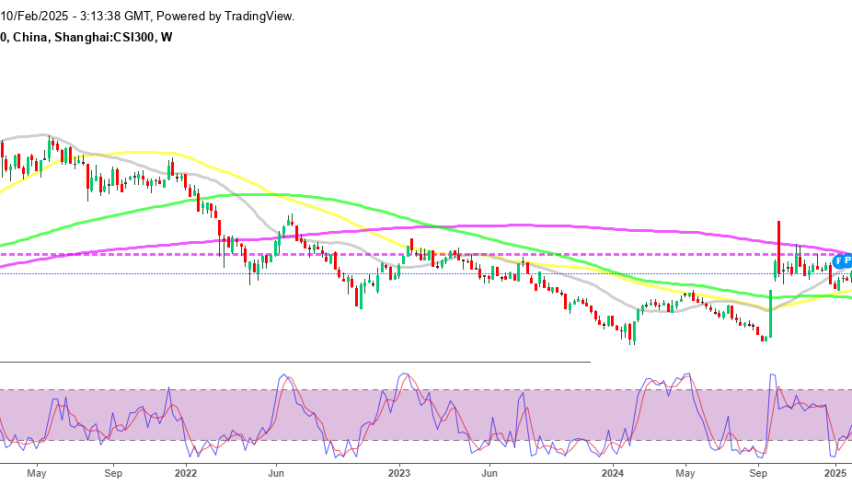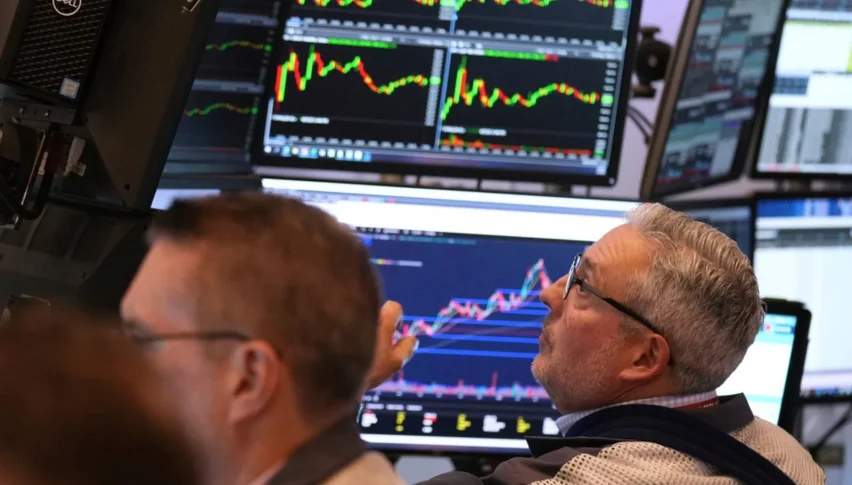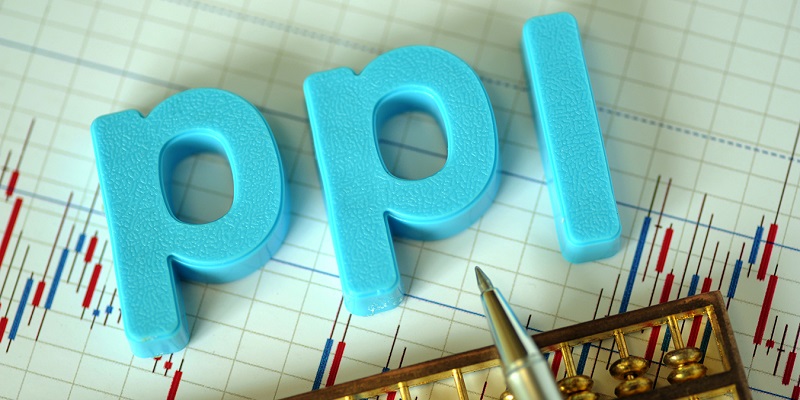Chinese Stocks Good to Buy Ahead of New Stimulus, As Trade War Goes into Effect
The tariff war between US and China has gone into effect, but that might prompt further stimulus from PBOC, which will be good for Chinese s

Live CSI/USD Chart
[[CSI/USD-graph]]The tariff war between US and China has gone into effect, but that might prompt further stimulus from PBOC, which will be good for Chinese stocks.
Main Chinese stock indices have been on a downtrend since 2021 as the country remained locked for three years for coronavirus, however we saw a strong bounce in September as Chinese officials introduced the first stimulus programme. CSI 300 Index surged from 3,100 points to 4,100 points, which is more than 30% gain. However, after the first surge the enthusiasm ended, as markets weren’t happy with the size of the stimulus and the measures taken. So, the trade war should be aa strong reason for another stimulus package in China, which would sent Chinese stock higher again.
Escalating US-China Trade Tensions
The United States has imposed new tariffs on Chinese imports, targeting key industries such as coal, crude oil, liquefied natural gas, farm equipment, and various automobile products. These tariffs, ranging between 10% and 15%, add further strain to the already tense trade relationship between the two nations. Last week, rumors surfaced about a possible phone call between US and Chinese officials to negotiate a resolution, offering some hope of avoiding full-scale tariff implementation. However, the call was ultimately canceled, leaving open the possibility that discussions may still take place. Meanwhile, the latest round of US tariffs officially took effect last week, with China’s retaliatory measures set to be enforced at midnight local time.
China Auto Industry Price War
The Chinese automobile sector is facing increasing pressure as an ongoing price war intensifies. A surge in competition, fueled by the entry of new players, has led to declining vehicle prices and a wave of incentives aimed at boosting sales. According to CNBC, automakers are now offering five-year, zero-interest loans and, in some cases, requiring no down payment at all. Some companies have even introduced insurance subsidies to attract buyers. While this aggressive pricing strategy could reinforce China’s global market share, it also raises concerns about weakening domestic consumer demand. The auto sector’s struggles highlight the growing need for Chinese policymakers to implement stronger stimulus measures to support both manufacturers and consumers.
Muted Inflation and Policy Response
Over the weekend, China’s Consumer Price Index (CPI) rose 0.5% year-over-year, marking its highest level in five months but still falling well below a healthy inflation rate. The subdued inflation figure reflects persistent economic sluggishness, despite recent rate cuts by the People’s Bank of China (PBOC). While the central bank has eased policy, it has yet to take aggressive enough action to fully stimulate demand. The ongoing price war in the auto industry further underscores consumer softness and may push policymakers to introduce more decisive monetary easing or fiscal support in the near future.
China Inflation Data – January Update
Consumer Price Index (CPI) – January:
- Rose 0.5% year-over-year (YoY), slightly above the 0.4% forecast.
- December CPI was significantly lower at 0.1% YoY, indicating a rebound in consumer inflation.
- Suggests gradual recovery in consumer demand, potentially driven by Lunar New Year spending and policy support.
- Inflation remains muted compared to historical trends, keeping pressure on policymakers to sustain economic stimulus.
Producer Price Index (PPI) – January:
- Declined 2.3% YoY, slightly worse than the -2.2% expected.
- December PPI was also at -2.3% YoY, signaling persistent deflationary pressure in the industrial sector.
- Continued weakness in producer prices reflects soft global demand and excess manufacturing capacity.
- May prompt further government support measures, such as easing credit conditions or targeted fiscal policies.
- Check out our free forex signals
- Follow the top economic events on FX Leaders economic calendar
- Trade better, discover more Forex Trading Strategies
- Open a FREE Trading Account




